These ingredients, along with fresh produce and frozen vegetables, can help you cook delicious meals that are not monotonous, and keep a healthy, plant-based lifestyle.
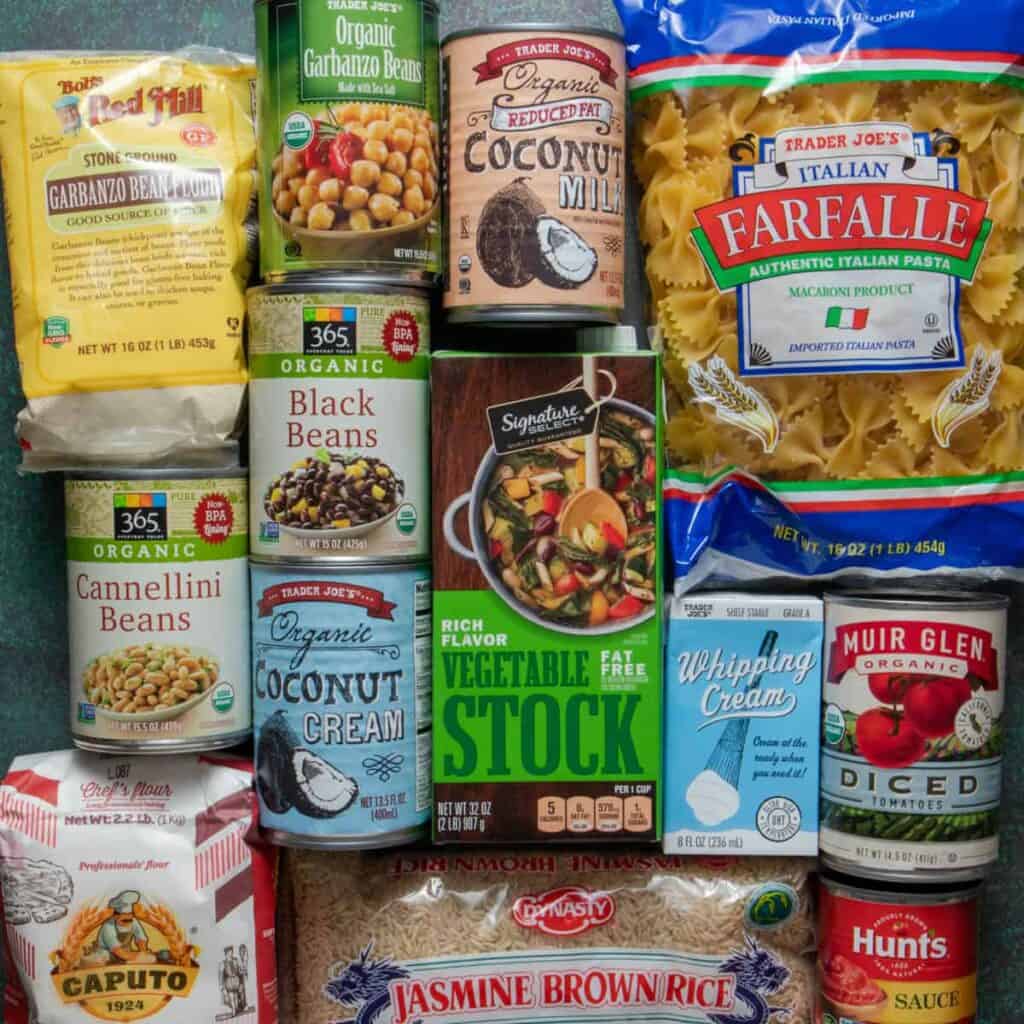
With the quarantine in full swing, it's advisable to avoid going out as much as you can. While fresh fruits and vegetables are still available, they do require going out more often. So I wanted to put together a list of pantry-friendly, shelf-stable ingredients that are essentials for having a well-stocked pantry. These ingredients, along with fresh produce and frozen vegetables, can help you cook delicious meals that are not monotonous, and keep a healthy, plant-based lifestyle. flexoffers
Canned Beans
I typically stock up on garbanzo beans (chickpeas), black beans, and Cannellini beans whenever I go to the grocery store. Even before the quarantine, I'd always have 2-3 cans of each of these in my kitchen. They're super versatile, high in proteins, and really easy to cook. For a quick recipe, check out my easy (but authentic) chana masala that's made pantry-staple ingredients and a few basic spices you can find in your kitchen or local grocery store.
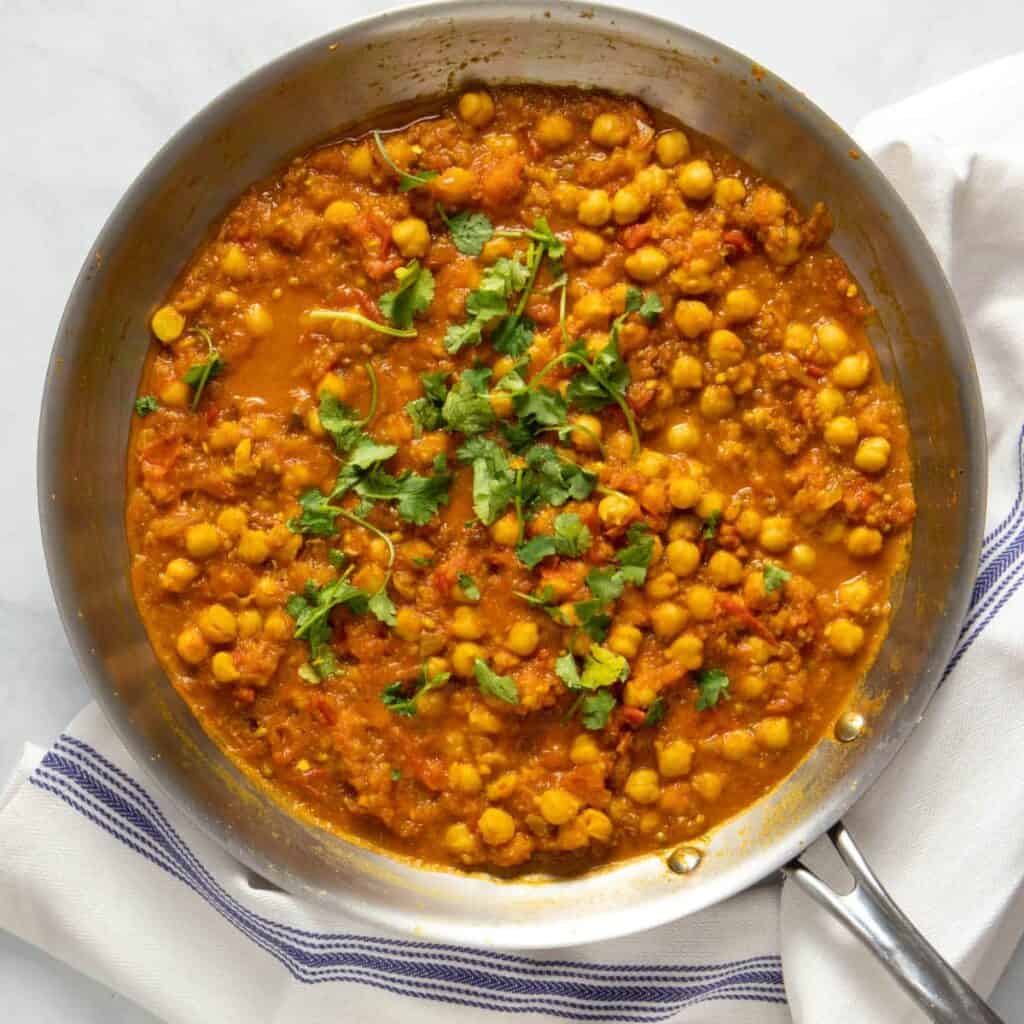
Canned Tomatoes and Tomato Paste
Tomatoes are really only in season from May to October. After reading Joshua McFadden's Seasons, I vowed to not buy fresh tomatoes in the winter - so I almost have a couple of cans of these tomatoes on hand. I prefer to buy them diced, without any additional salt or flavors. In addition to the chana masala, one of my favorite ways to use up canned tomatoes is in shakshuka. Often, I'll also make a delicious African pepper sauce as a base for pasta and rice dishes galore - I use canned tomatoes in that as well.
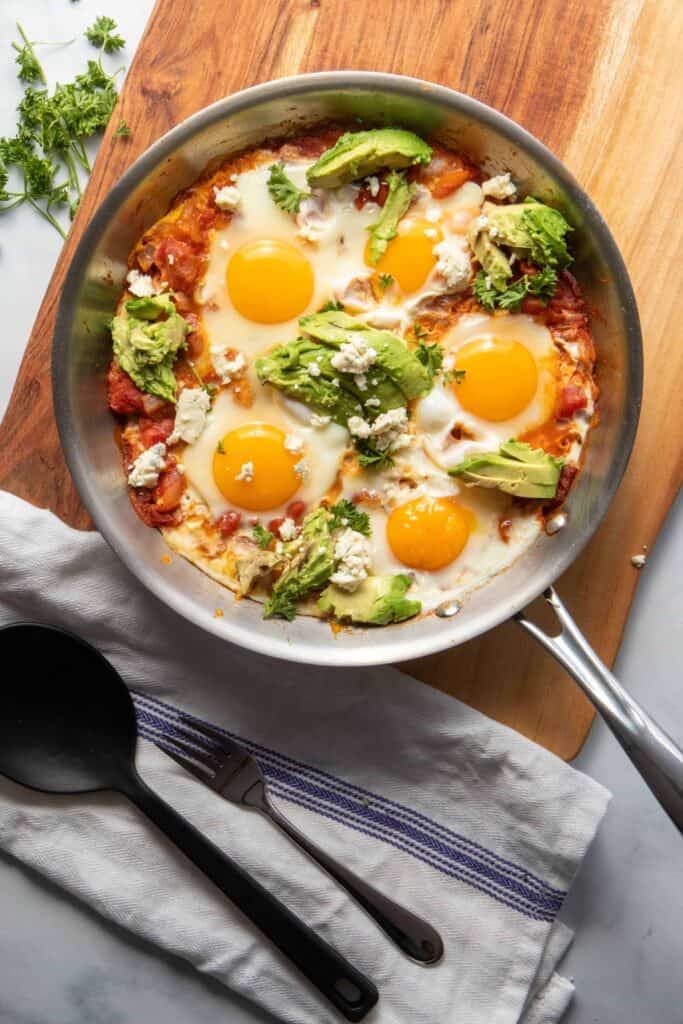
Rice and Pasta
These are staple carbs in my household, but to go a bit healthier, I often try to buy brown rice instead of polished white rice. I typically buy three types of rice - basmati, jasmine rice, and long-grain rice. While they're mostly interchangeable, I've found that basmati is excellent for dishes that require infusion cooking (i.e. when you cook the rice in a sauce) - like this Nigerian jollof rice recipe. Jasmine rice is excellent for most Asian rice dishes - like this quick, leftovers fried rice, made with a secret ingredient that blows up the flavors! Finally, we use long-grain rice for all other purposes.
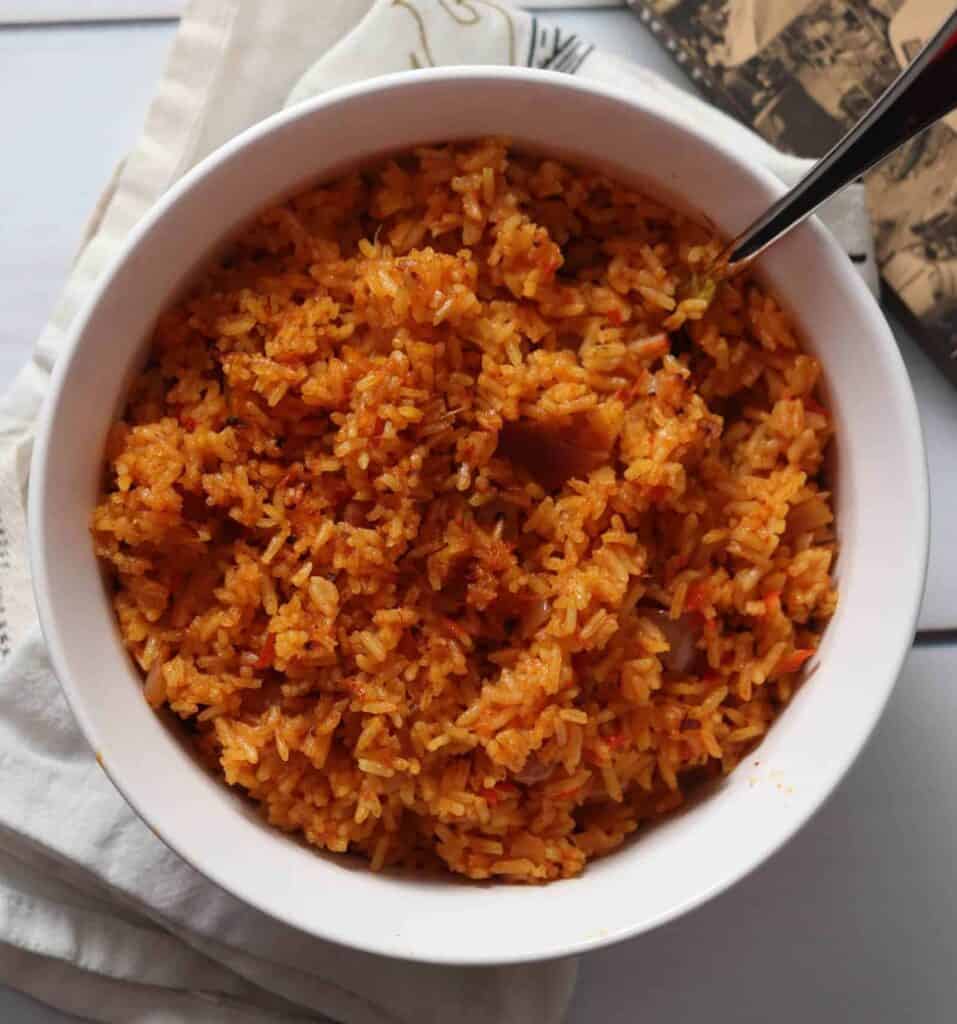
Though I used to mostly make pasta fresh, every weekend, I've now started stocking up on dry pasta given the flour shortage we've been experiencing in Seattle! Next to toilet paper, flour is the one item that's become a hot commodity. Pro tip here, if you find regular pasta missing, pick up some whole grain pasta, or some chickpea pasta. They're delicious, and healthy for you. If you want a pasta dish, check out this leek and mushroom pasta, or a delicious, foolproof, three-ingredient cacio-e-pepe recipe from my neighborhood restaurant in Rome (also Anthony Bourdain's favorite!)

Shelf-Stable Cream (Coconut Cream and Whipping Cream)
I love to make creamy entrees. But heavy cream spoils quite easily, and is not as healthy for me as I want it to be. So, I've recently started substituting coconut milk and cream in most dishes that ask for heavy cream. While this doesn't "whip" as easily, it works amazingly for most savory dishes.
If the taste of coconut cream is too strong, you can also find shelf-stable whipping cream in many grocery stores. Shelf-stable whipping cream typically undergoes Ultra-High Temperature (UHT) pasteurization (which, incidentally, is how most milk is marketed in Sub-Saharan Africa). It's typically stable for somewhere between 6-12 months after you buy it. Plus, it doesn't impact the overall taste of the dish - so pick this up if you want a true cream substitute that's also shelf-stable. Then, try it out in this delicious Thai-inspired butternut squash soup (you can use canned squash or pumpkin puree when squash goes out of season soon).
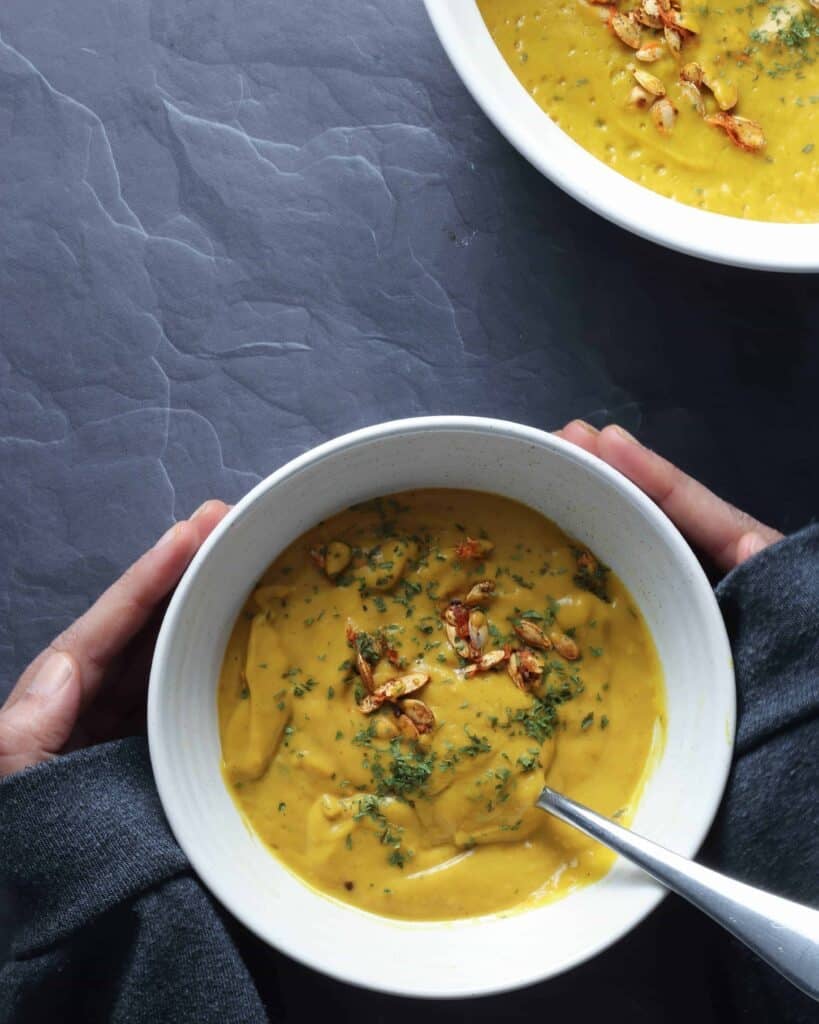
Flour and Chickpea Flour
Before the flour apocalypse descended upon the stores in Seattle, I had managed to stock up on one last bag of regular all-purpose flour. But I typically also have a bag or two of doppio zero (00) finely milled Italian flour for pasta, bread flour for pizza base, and whole wheat flour for making healthier muffins and such (like this healthy pistachio muffin which I promptly turned into dessert with a matcha glaze).
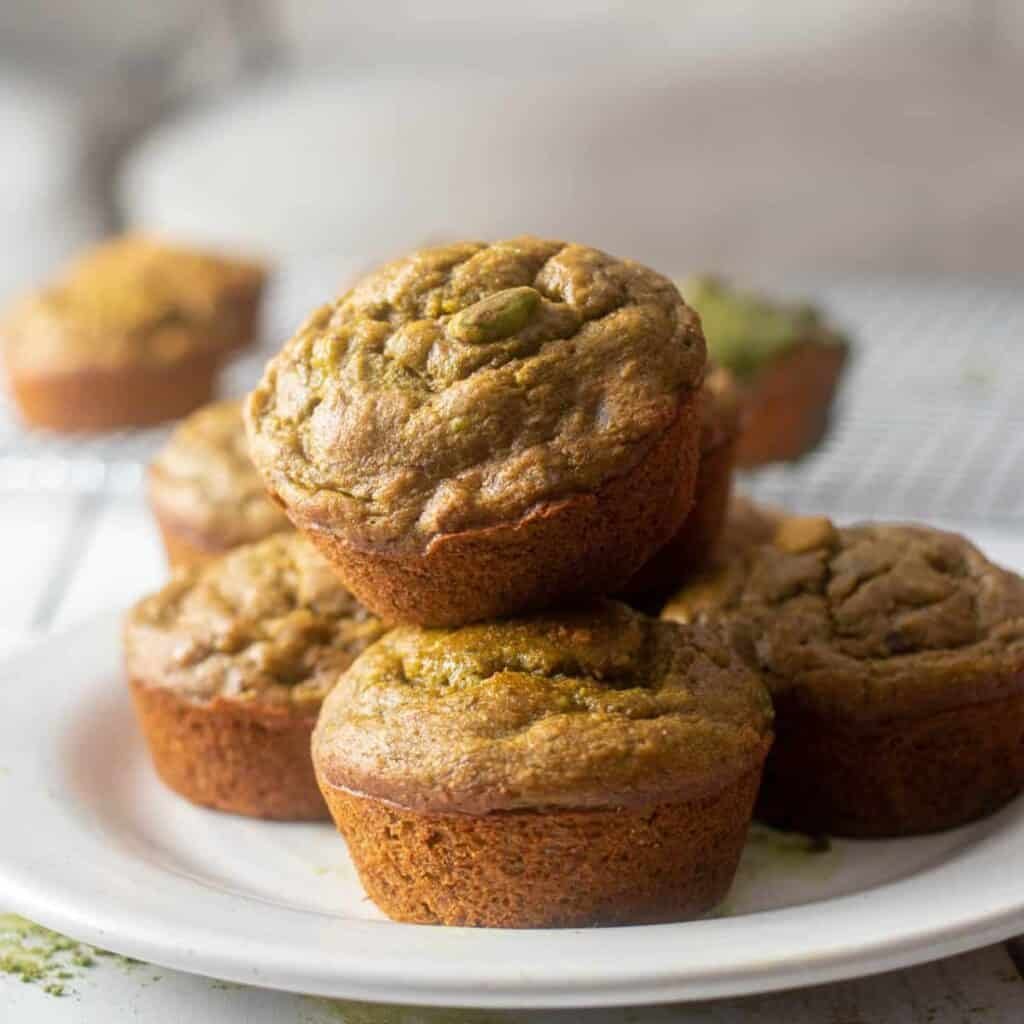
I also usually have some 'atta' on hand, which is a high extraction wheat flour that's commonly used to make most Indian flatbreads (like rotis). Fun fact, I recently ran out of tacos in the house, and made rotis to use instead. Check out these delicious gochujang cauliflower tacos that I devoured in them. Oh, and of course, these six ingredient samosas that you can probably make with what you have in your pantry right now.
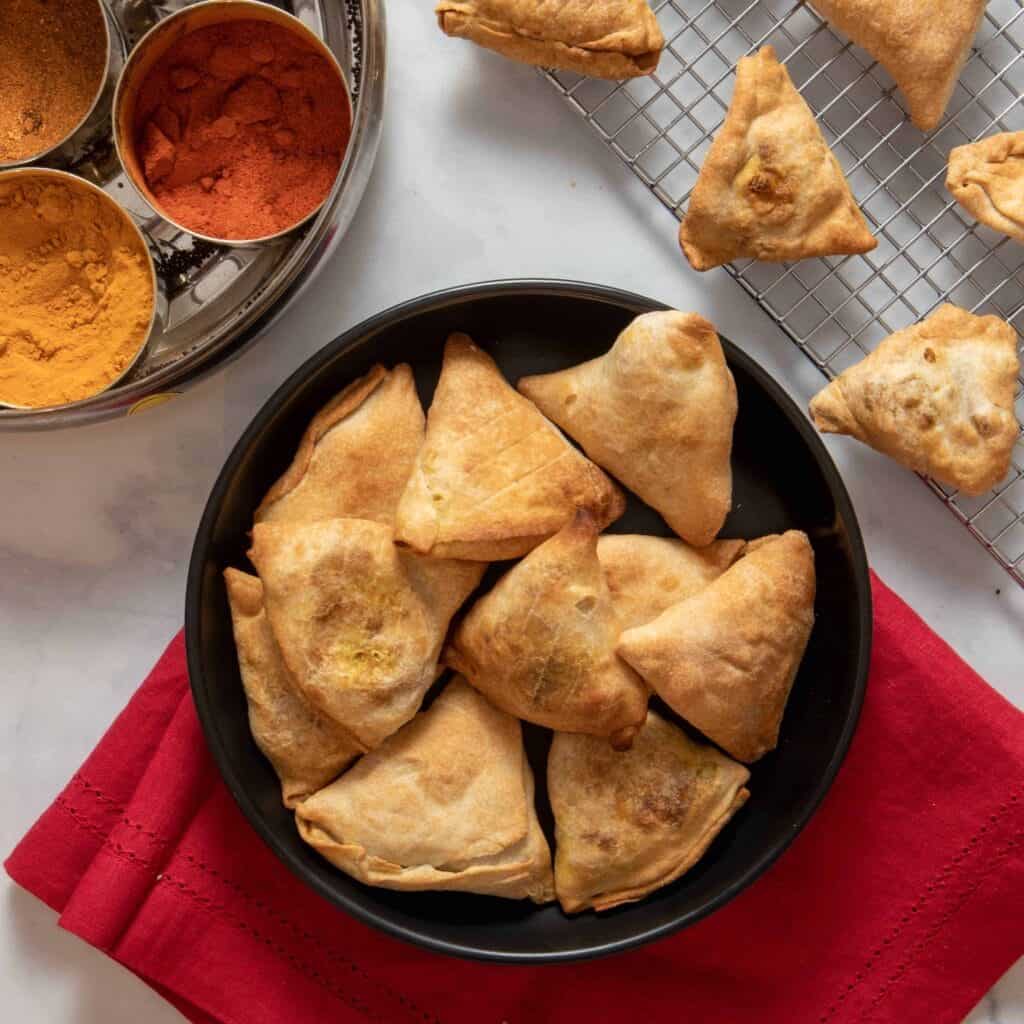
However, more recently, when I want to make vegan recipes, especially savory ones, I gravitate towards chickpea flour (or besan, as it's known in India). Not only is chickpea flour gluten-free, but it also acts as a great binding agent, and prevents the use of eggs in dishes. Like, recently, I made these delicious "leftover" vegan fritters with ¼ head of cabbage, some red onions and jalapenos.
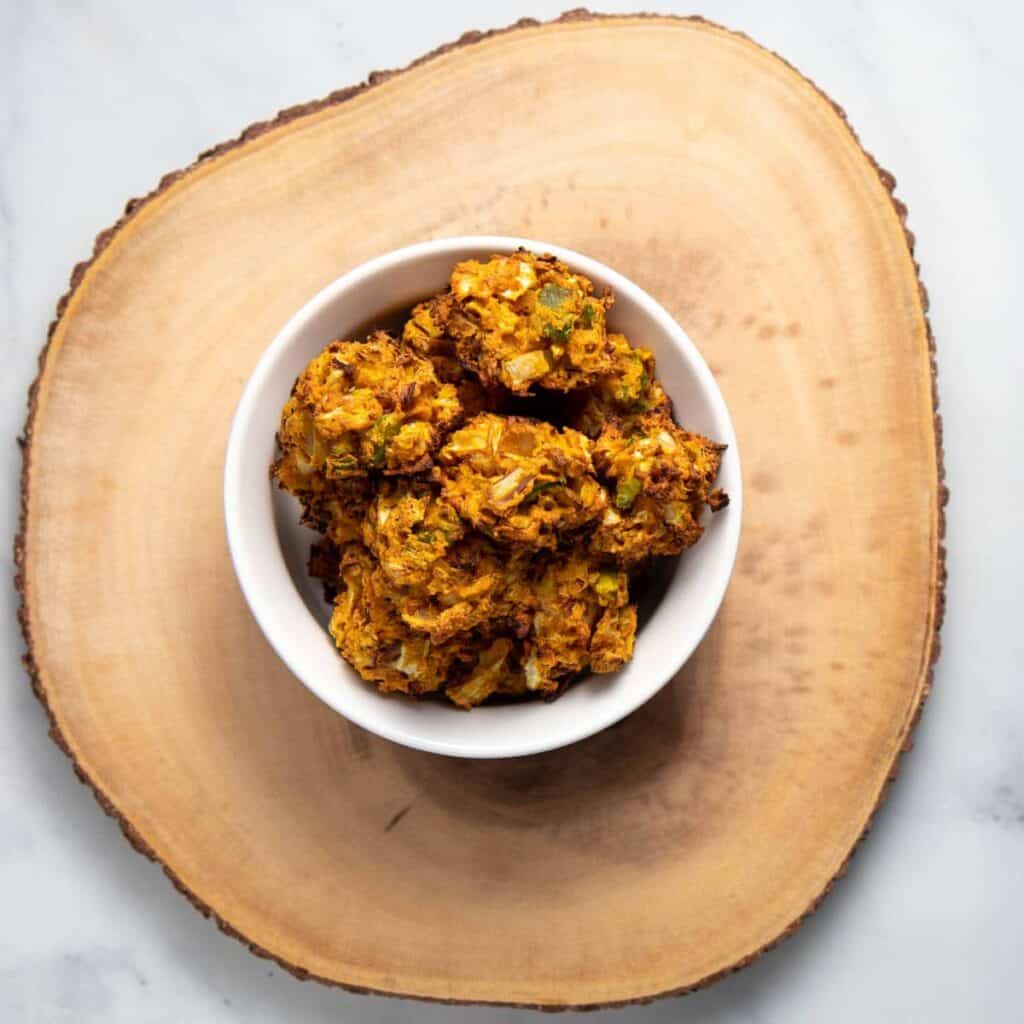
Vegetable Stock
This deserves it's own note - vegetable stock is typically quite easy to make. However, I've included that in here because it is highly shelf-stable, and I've found that I have limited time to simmer and watch the pot when I'm working from home these days. However, watch this page for an easy stock recipe with your vegetable scraps!
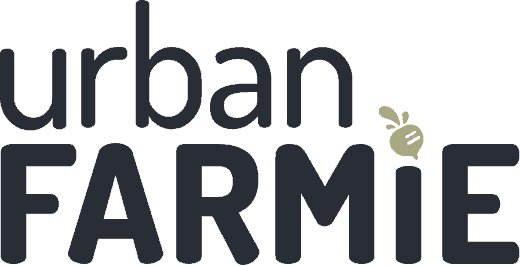









Comments
No Comments